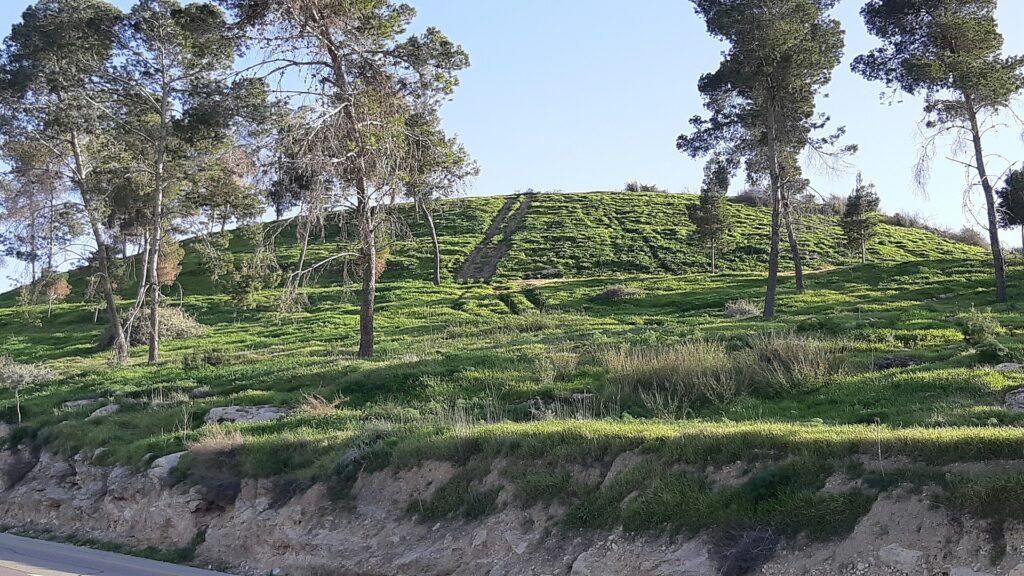Location
Tel Halif (Tell Khuweilifeh) is a prominent 3-acre mound in the southwestern flank of the Judean Hills, overlooking the Shephelah and the plain of Philistia to the west and bordering the Negev desert to the south. Its strategic position commands the route from Egypt and the seacoast into the Judean Hills toward Hebron and Jerusalem.


Identification
Tel Halif has been associated with several biblical locations:
- Ziklag: Initially suggested by F. M. Abel in 1938, based on its proximity to Horvat Rimmon (Khirbet Umm er-Rammamin), thought to be the biblical city of Rimmon or En-Rimmon.
- Rimmon: Recent scholars argue that Tel Halif was the biblical city of Rimmon, with the name co-opted by residents at Horvat Rimmon during the Late Roman/Byzantine period.
- Hormah: N. Na’aman suggested identifying Tel Halif with biblical Hormah.
History and Biblical Context
Tel Halif’s history spans from the transitional Chalcolithic/Early Bronze Age I (c. 3200 BCE) through the Late Byzantine and Arab periods. Its biblical context, particularly its association with Ziklag, Rimmon, and Hormah, places it within the narrative of the Israelite settlement and the tribal territories of Judah and Simeon.
Excavations
Archaeological exploration began in the 1950s, with significant excavations conducted by the Lahav Research Project under J.D. Seger’s direction from 1976 onwards. The project included field seasons in 1976, 1977, 1979, 1980, 1983, 1986, 1987, and 1989, focusing on various fields on the mound’s summit and surrounding areas.
In Phase III of the Lahav Research Project, directed by P. Jacobs and O. Borowski, three seasons of excavations were conducted in 1992, 1993, and 1999
Findings
- Chalcolithic Period and Early Bronze Age I: Excavation at site 101 produced stratified evidence of the transition from the late Chalcolithic period to the Early Bronze Age I, including a domestic unit situated on bedrock within a cave shelter.
- Iron Age II: Excavations in field IV recovered portions of the town wall, with pillared buildings (four-room houses) built directly against it. These domestic structures contained large numbers of ceramic vessels and household tools. Iron plows found in the southernmost house indicate that Halif was an agricultural community.
- Religious Life: The religious life of Halif in the Iron Age II is illustrated by the “house shrine” discovered in the broad-room of the northern house in field IV. The cultic apparatus consisted of a mold-made head of a “pillar figurine” (Asherah), two carved and polished tapered blocks of local limestone (possibly massebot), a ceramic fenestrated incense stand or burner, and a flat stone that may have served as an offering table.
Sources
Stern, Ephraim-New Encyclopedia of Archaeological Excavations in the Holy Land 2-Israel Exploration Society (1993)

